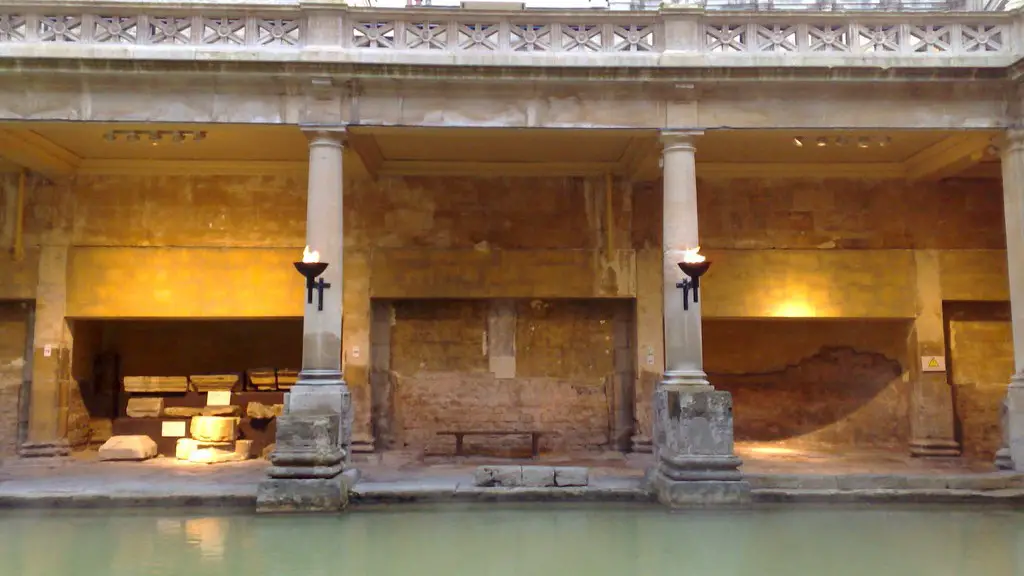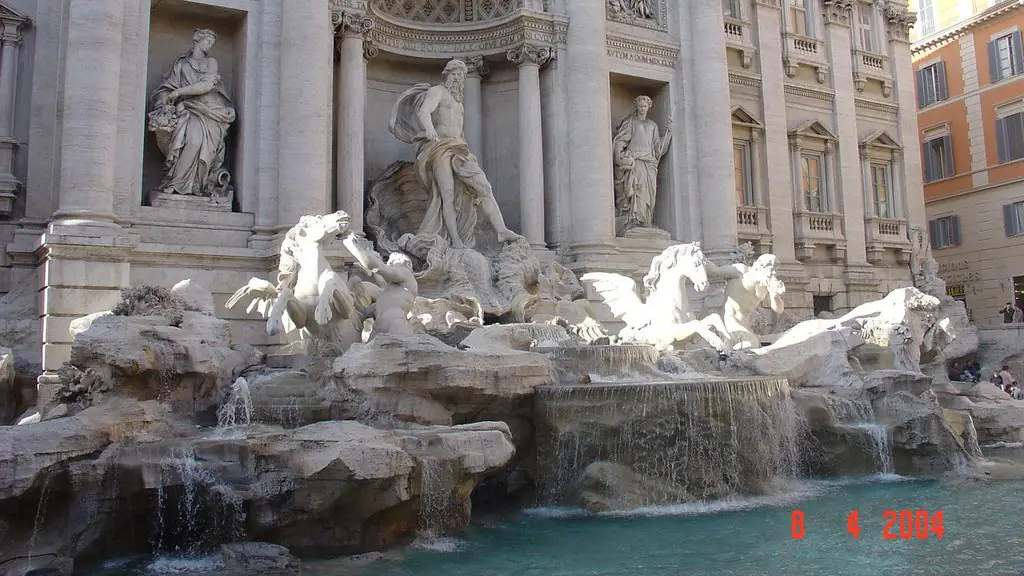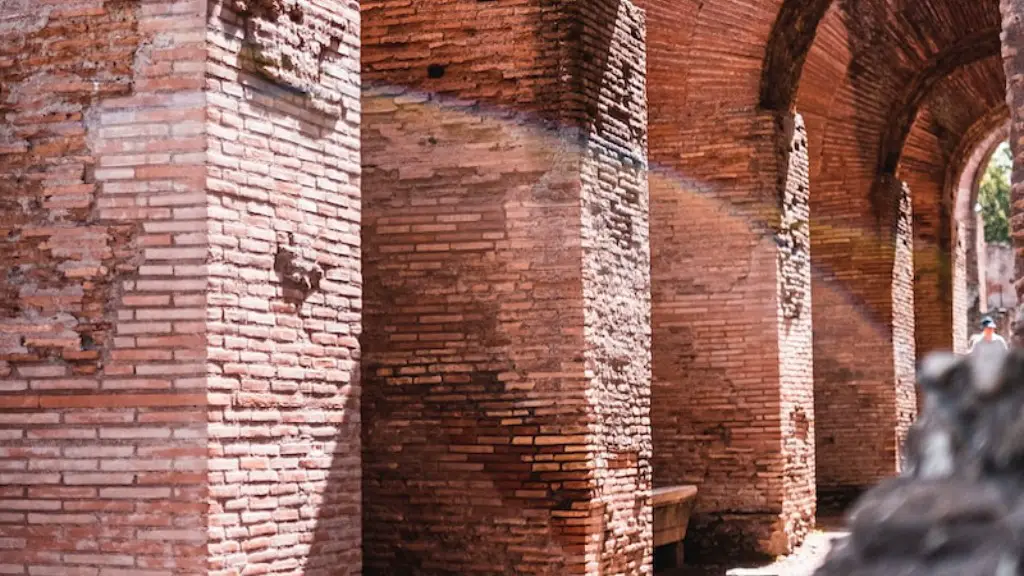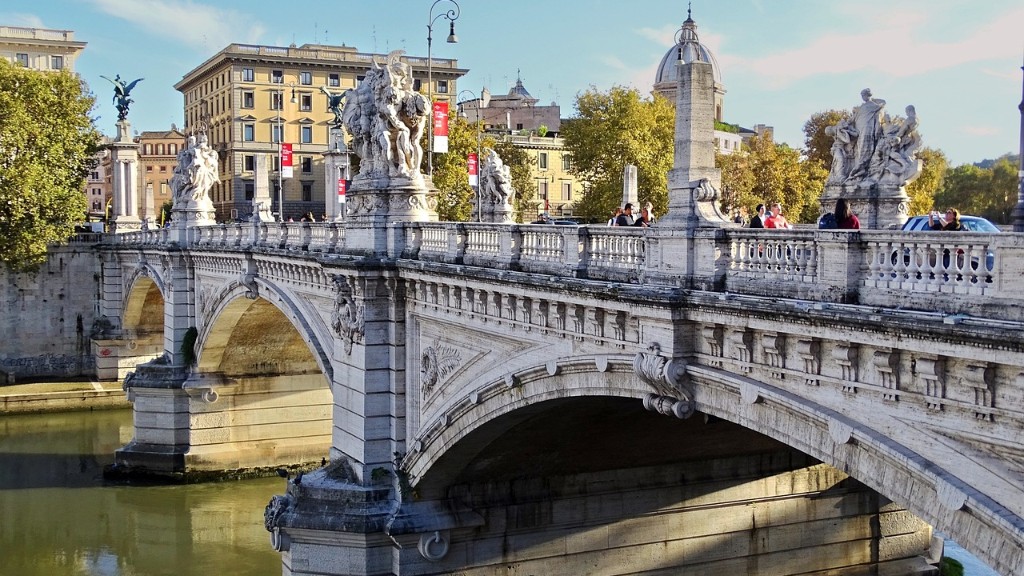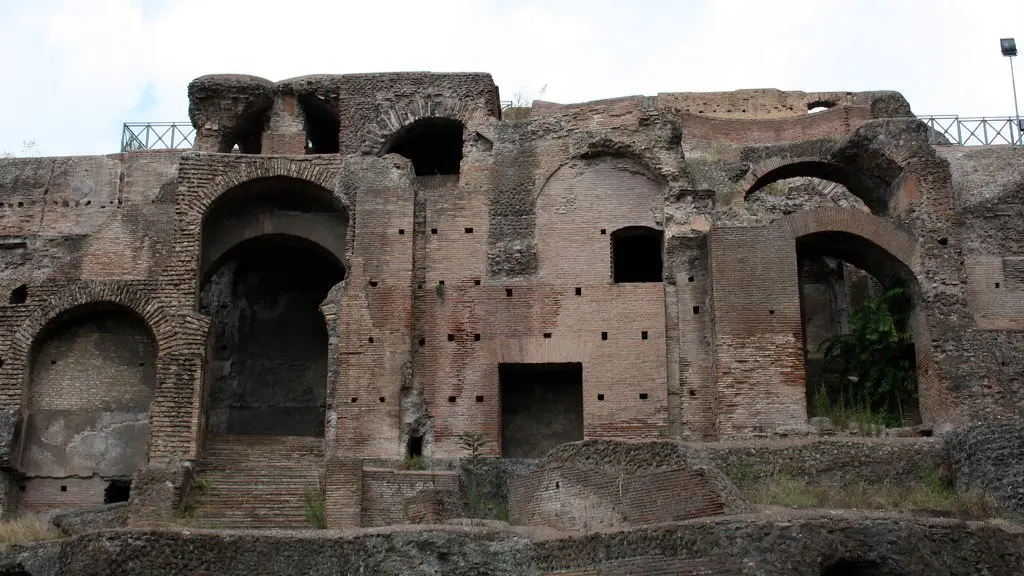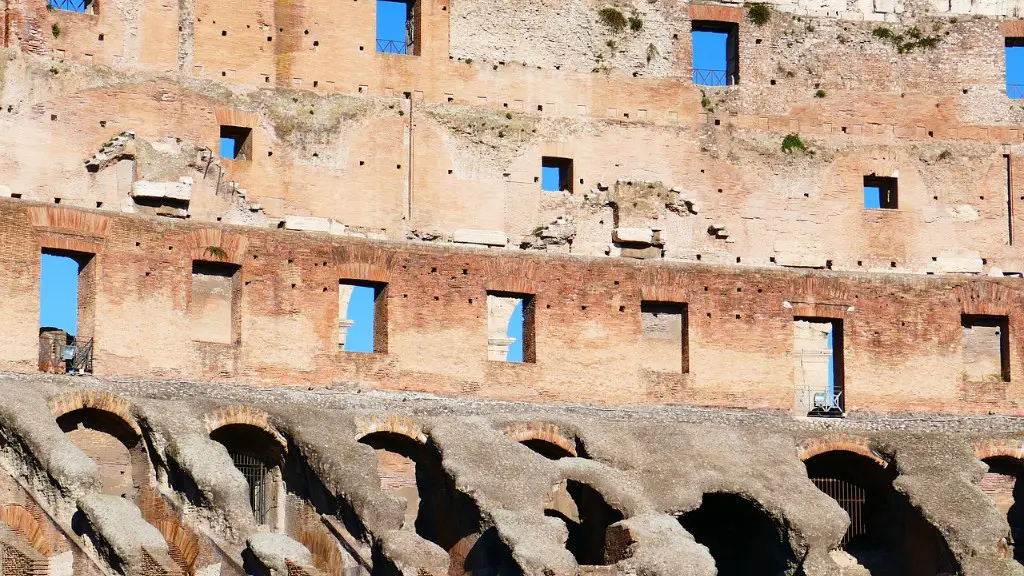Family life and school for ancient Romans was unlike any we experience in modern society. From the highest rank to the lowest, all families had some kind of school in their lives. Early education focused on educating young boys specifically in the art of skills and trades needed to serve the nation and their household well. As boys grew, they moved onto further education in various subjects, under the guidance of educated teachers or mentors. The Roman Empire also had public schools and universities in large cities. In addition, wealthy families would send their children to special schools or take tutoring classes with private teachers.
In the home, family was paramount. Fathers made all the decisions, while mothers were the person responsible for educating their children and teaching the quintessential moral code of the Roman society. This included the virtues of honesty, helpfulness, loyalty, respect, and courage. Fathers were expected to take up the role of provider and protector, whereas mothers were more for emotional support and nurturing their children.
In Roman families, which tended to be large, boys were also well-educated and often sent away to private schools for more formal training and instruction. Girls, on the other hand, were rarely educated more than basic literacy, as their primary purpose was to become wives and mothers. Keeping house, helping with the farming and tending to ill family members were considered the most important roles a woman could have in Roman life.
Schools in large cities taught a wide variety of subjects, such as grammar, rhetoric, philosophy, music, arithmetic, and geometry. These subjects were important for developing essential skills needed in diplomacy and in policy-making in government. Boys also received instruction on a range of physical activities such as javelin, discus, wrestling, and chariot racing. Roman education was highly influenced by the Greek system.
Religion played a major role in the Roman school system. Students were taught about the gods, their roles in the universe, and the way religious customs should be observed to honour these deities. The Romans created elaborate rituals for religious activities such as animal sacrifices. These aspects of religion were interwoven into the fabric of the educational system for both boys and girls. On the other hand, Roman religious leaders, priests and prophets also played an important role in society, teaching moral values and providing guidance.
The ancient school system in Rome, though focused on boys, also provided education for girls, albeit in a different manner, with the main objective teaching them household chores, etiquette, and how to be obedient to their husbands. Many girls were also sent away to special schools where music, religion and other feminine crafts were taught. Education was, and still remains the cornerstone of enlightening the mind and facilitating the growth and expression of knowledge, both of which were present in Roman society.
Greek Influence
Ancient Rome had a long history of contact with Greek civilization and culture, and this was very evident in Roman schooling as well. Many of the subjects that were taught in Roman schools were adopted directly from the Greeks, including geometry, philosophy and rhetoric. Greek was also the language of instruction for the intellectually elite in the Roman Empire, and Latin for the rest, as Latin became the primary language of the Roman Empire.
In addition, ancient Roman society adopted much from the Greeks in terms of laws, art and literature. Roman schools taught art, literature, philosophy and history all influenced directly by the Greeks. Scholars, who were specially trained in Greek texts, were invited to teach in the Roman schools to further spread Greek influence and magnificence.
The influence of the Greeks can still be seen in the Roman school system today. Ancient Roman schools may have been far removed from our own, but the ambition for education and knowledge that the Romans held was in many ways reminiscent of the Greek idea.
Educational Level
The level of education that was offered during the time of the Roman Empire could vary greatly depending on one’s social status. Slaves and citizens of lower social classes generally had limited access to education, and even if they were educated it was mostly learned at home, from the father or mother. The wealthy, however, had the opportunity for a more extensive education. Wealthy families sent their sons to special schools and received private tutoring.
The most prestigious schools in Rome were the public schools located in large cities, which offered much more comprehensive education than the private tutors. These schools were heavily influenced by the Greek system, and taught a wide range of subjects, such as grammar, rhetoric, philosophy, music, arithmetic, and geometry. Boys were also instructed in physical activities such as javelin, discus, wrestling, and chariot racing.
Most Roman teachers were members of the upper classes and well-trained in the arts and literature. They also taught morals, glorifying loyalty and tradition, and making sure students could sing and play music. Roman before-school rituals were quite strict with students reciting prayers, memorizing and practicing poetry.
Educational Challenges
Not all schooling in ancient Roman times was successful. Roman education was seen as a way to raise strong and responsible citizens for the state, but unfortunately the education system during this time was marred by inequality and a lack of resources.
Only the wealthy upper classes had access to adequate educational resources, while the lower classes were largely ignored or left to suffer with poor educational material and teachers. This led to a significant gap in education between the wealthy and the poor, which only got worse with time.
The lack of resources meant that children of the lower classes were often not taught adequately, if at all. This also meant that Roman society as a whole lacked the requisite skills and knowledge to excel in the imperial project. In addition, with the empire slowly crumbling, teachers often stayed away from the school and moved to more profitable positions. This lack of teachers meant that even some of the elite schools had inadequate education and a lack of resources.
Literacy
Though the education system in Ancient Rome was often wealthy-centric, it did provide some space for literacy to develop among the lower classes. This was mainly in the form of the popular form of Latin poetry known as “Vergilian verse,” which was widespread at the time. Literacy was also promoted by the Roman system, which ensured that almost every single Roman was literate by the end of their education.
However, most of the literacy among the lower classes was limited to the ability to read and write basic Latin. While the wealthy upper classes had access to serious works of literature, philosophy, and sciences, the lower classes only had access to religious books and texts from the Bible, which were popular during this time. This meant that most of their literacy was limited to the texts that were religiously prescribed to them.
Legacy
Though the Roman education system of Ancient Rome is considered primitive compared to modern-day standards, it did provide new frameworks for education and learning, in many ways still seen today. The Roman school system was largely founded around the idea of the Greek system, and their teachings on a variety of subjects were incredibly influential on the culture, values and ideologies of society.
This influence can still be seen in modern education, particularly in the large focus on grammar, rhetoric and literature. The literature, philosophy and sciences of the Ancient Romans are still studied today, along with their contributions to government and social life. The legacy of the Roman school system is a testament to the importance of education in the Roman empire.
Modern Day Comparison
Though family life and school for the Ancient Romans was vastly different from our own, we can still draw many comparisons between their educational system and our own. Both places have very similar frameworks for schooling, such as private schools for the wealthy and public schools for the majority. Religion, though less prominent in our school system, can still be seen in curriculums with much of it being heavily influenced by the Roman system.
Modern day schooling still emphasizes the importance of grammar, rhetoric and literature, just like the Romans did. In addition, the focus on moral values, loyalty, courage and respect are still valid concepts today. Roman educational methods, though ancient, retained much relevance and are still seen in our education system today.
Conclusion
The Roman school system of the ancient world was vastly different from our own in many ways. From the Ancient Roman’s focus on religion and the legacy classics that still exist today in western education, to their promotion of ideal morality and the way education benefited families, you can see the evidence of their methods throughout the world. Through this article, we have seen the differences in family life and school for the Ancient Romans, and the many ways that these ancient methods still exist and benefit us all today.
